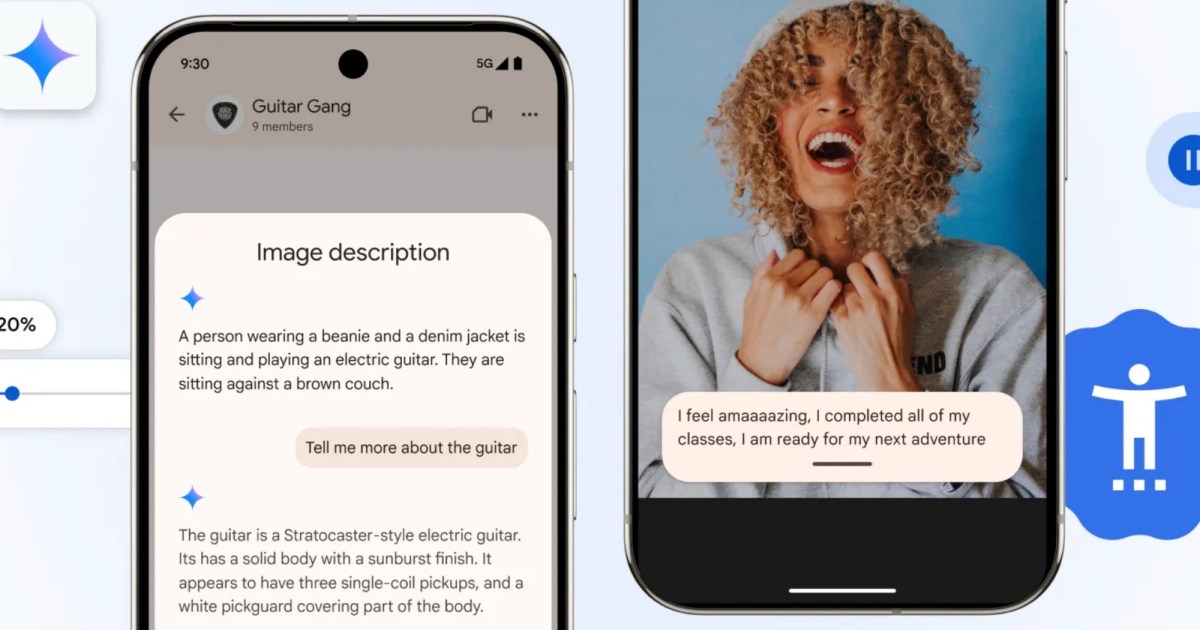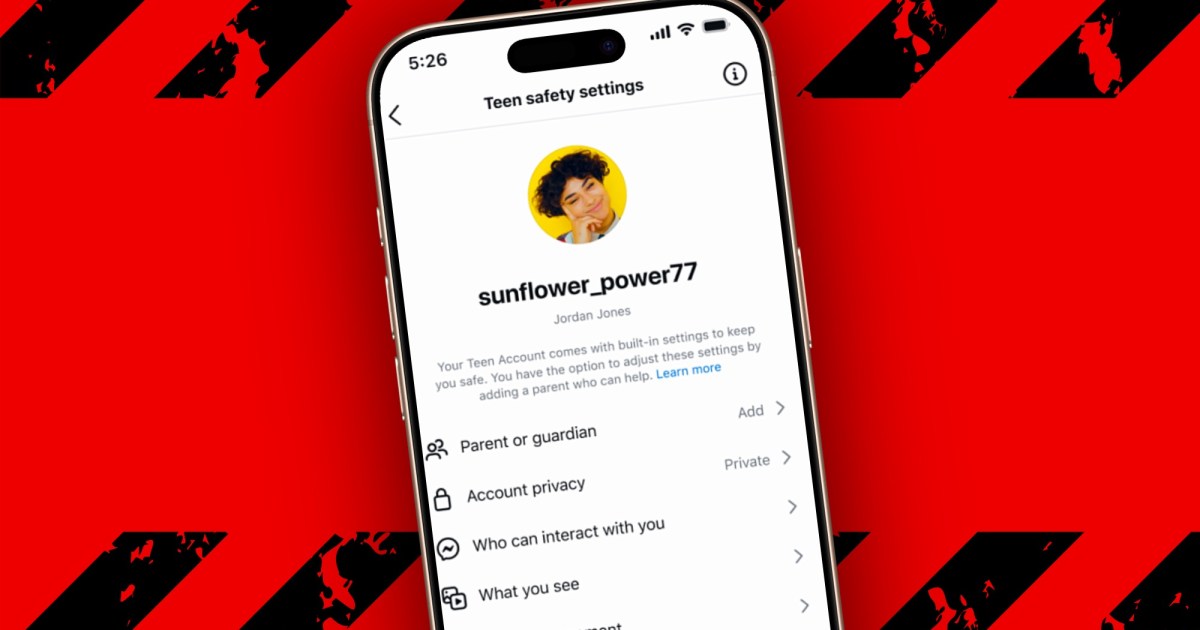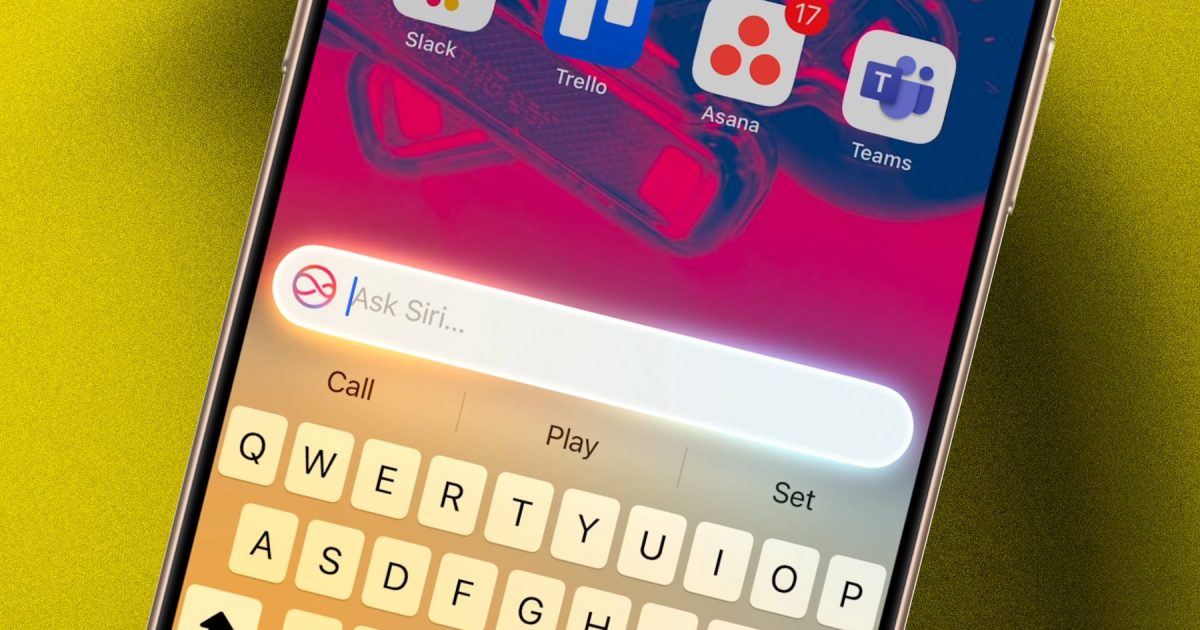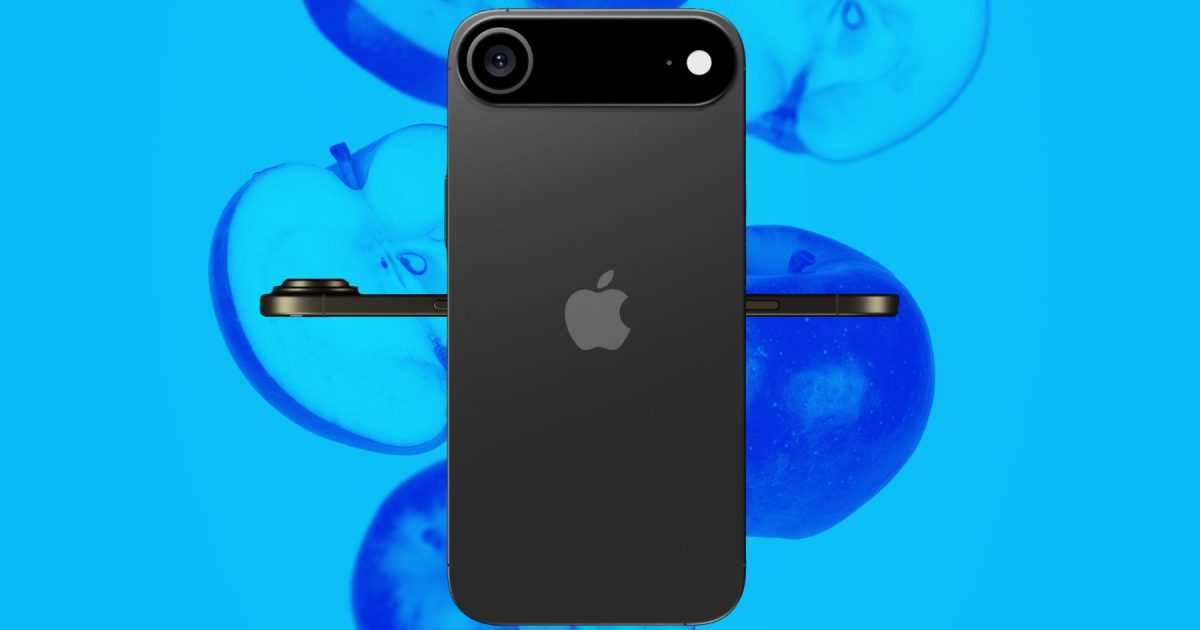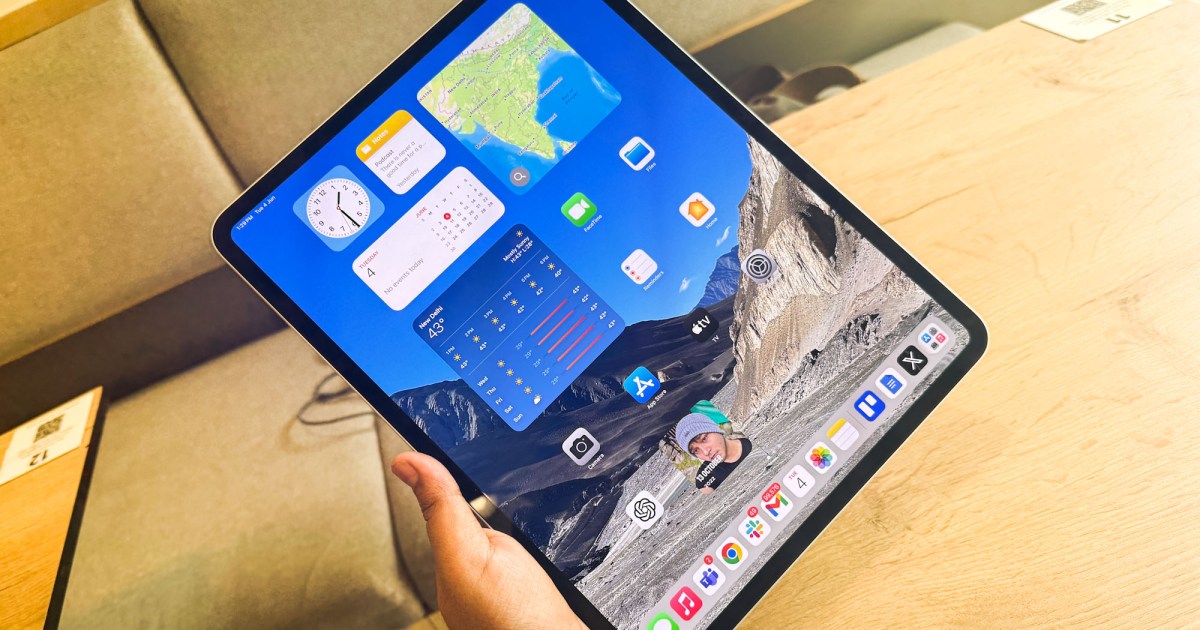Android’s built-in screen reader, TalkBack, has long been a vital tool for users with vision impairments, enabling them to navigate and understand their phone’s content through voice interaction. In 2024, Google integrated its powerful Gemini AI to provide more descriptive image captions. Now, Google is taking accessibility to the next level with new interactive features that significantly enhance the user experience.
With this update, Gemini moves beyond basic image descriptions. Users can now engage in more dynamic interactions with images, asking follow-up questions and delving deeper into the visual content. Imagine a friend sends a picture of their new guitar. A user can now not only hear a description of the image but can also ask about the guitar’s make, color, or even inquire about other elements within the photo. This represents a significant improvement over the initial Gemini integration into TalkBack last year.
Interactive Image Exploration with Gemini
This enhanced functionality transforms how users with vision difficulties interact with visual information. Google explains, “The next time a friend texts you a photo of their new guitar, you can get a description and ask follow-up questions about the make and color, or even what else is in the image.” The dedicated “Describe Screen” feature within the TalkBack menu places Gemini at the forefront of the accessibility experience.
 Gemini answering questions about a webpage.
Gemini answering questions about a webpage.
For example, while browsing a clothing catalog, Gemini not only describes the items on screen but can also respond to specific inquiries. Users can ask questions like, “Which dress would be best for a cold winter night outing?” or “What sauce would go best with this sandwich?” Gemini analyzes the screen, providing detailed product information, including available discounts.
Enhanced Captions and Adaptive Text Zoom
Beyond image interaction, Google is enhancing other accessibility features within the Chrome browser. Auto-generated captions for videos are receiving an upgrade with “Expressive Captions.” These captions now reflect the emotion and tone of the speaker, going beyond simply transcribing words.
 Expressive captions in on Android.
Expressive captions in on Android.
Instead of just displaying “goal,” the captions might show “goooaaal!” to convey the excitement of a sporting event. This feature extends to other significant sounds, like whistles, cheering, or even a speaker clearing their throat. Expressive Captions are available on Android 15 and later in the US, UK, Canada, and Australia.
Another important update is adaptive text zoom in Chrome, an improvement over the existing Page Zoom feature. This allows users to increase text size without disrupting the overall page layout. Google explains, “You can customize how much you want to zoom in and easily apply the preference to all the pages you visit or just specific ones.” Users can adjust the zoom range using a convenient slider at the bottom of the page.
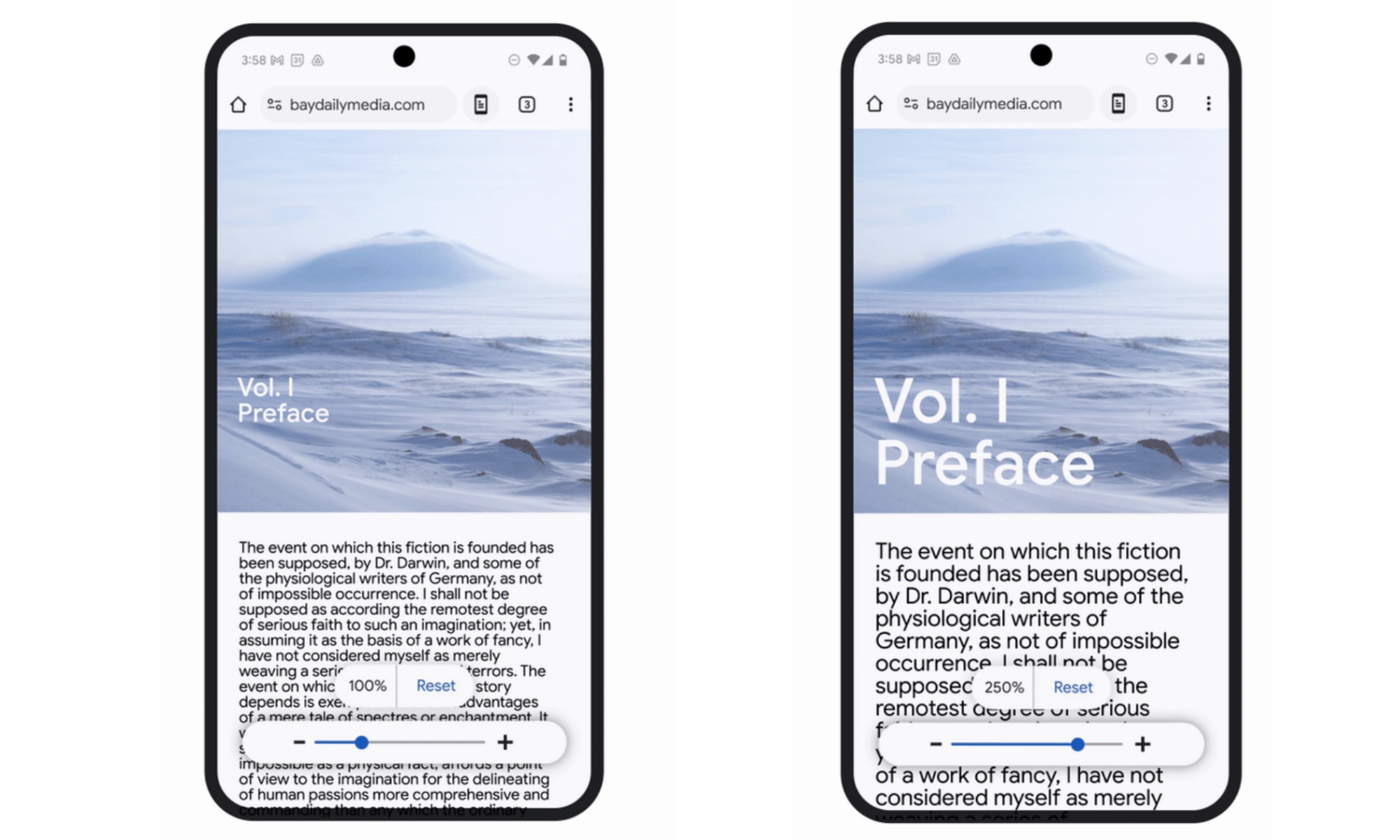 Adaptive text zoom on Chrome.
Adaptive text zoom on Chrome.
Conclusion
These updates demonstrate Google’s commitment to improving digital accessibility through innovative AI and intuitive design. From interactive image exploration with Gemini to expressive captions and adaptive text zoom, these enhancements offer greater independence and a more enriching online experience for users with vision and hearing impairments. These features empower users to engage with digital content in more meaningful and convenient ways.



